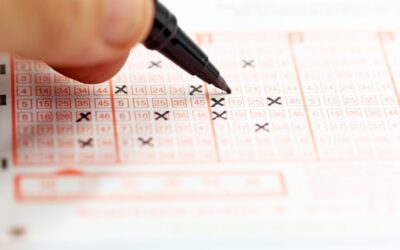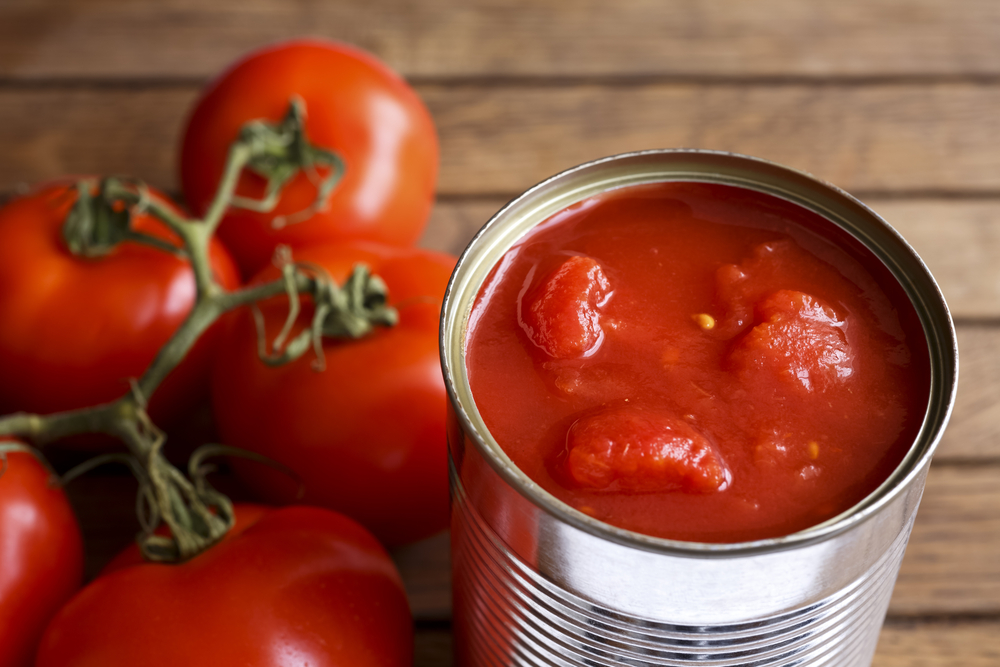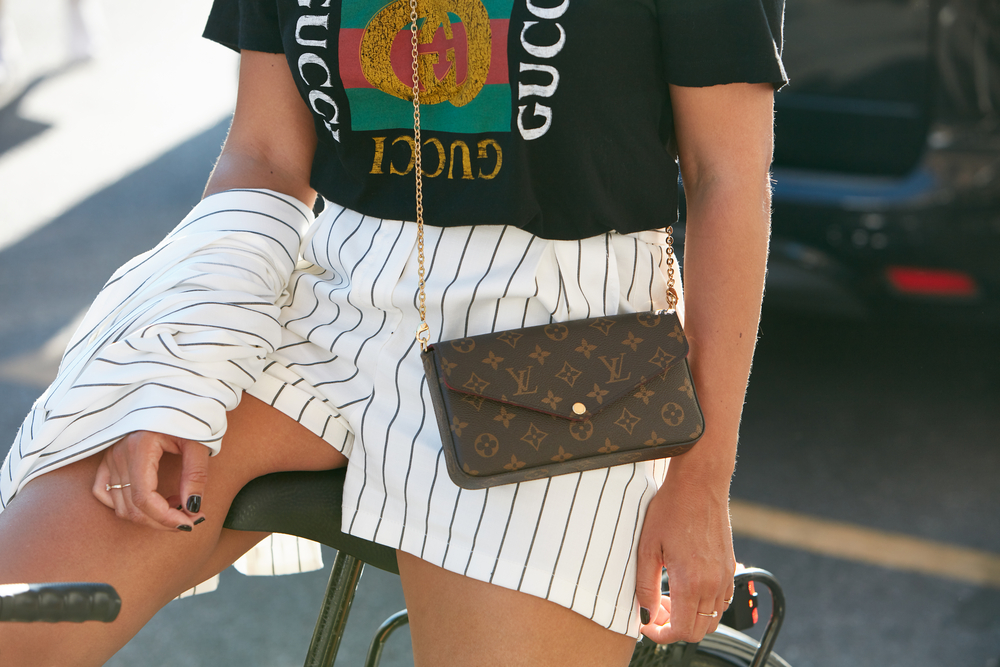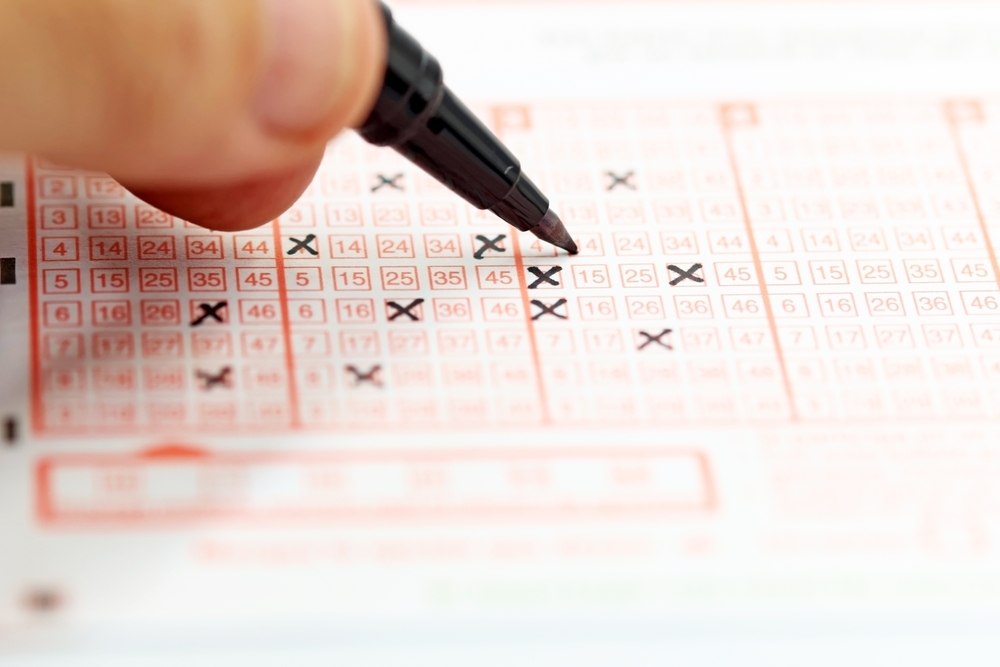Some of the most unassuming objects in our homes could actually be worth a small fortune and you may not even realize. Maybe it’s nostalgia, maybe it’s rarity, or perhaps it’s just the whims of collectors and market dynamics. Whatever the reason, these household treasures can turn into significant cash, if you know what to look for. Here’s a list of everyday items that could be hiding a bounty in plain sight.
1. Vintage Pyrex Dishes
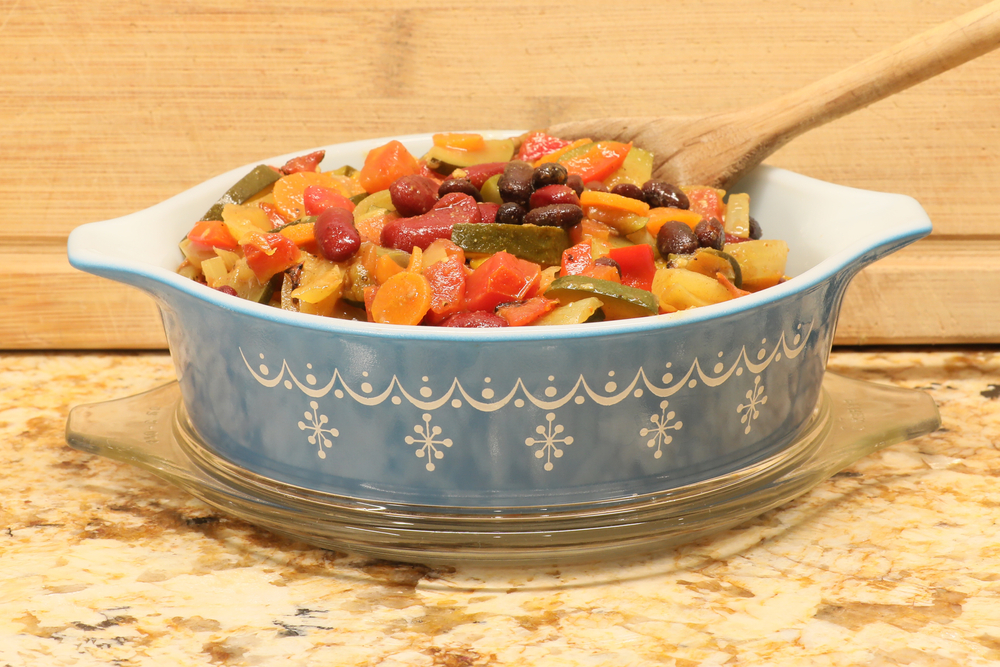
Those colorful Pyrex dishes your grandmother handed down may be more than just a symbol of family heritage—they can fetch a handsome price on the collectors’ market. Originally designed as utilitarian kitchenware, vintage Pyrex has surged in popularity thanks to its durability and vibrant patterns. Sets in mint condition are especially prized and can go for hundreds of dollars, sometimes even more if they feature rare designs. According to NPR, collectors are drawn to the nostalgia and practicality of these pieces, which combine mid-century design with modern functionality.
If you’re considering selling your Pyrex, take the time to research its pattern and production year. Some designs are more sought-after than others, and a little background knowledge can go a long way. Selling through specialized auction sites or forums can help you connect with serious collectors who understand the value of your pieces. And remember, the better the condition, the higher the price—so take care of those classics.
2. Old-School Video Game Consoles
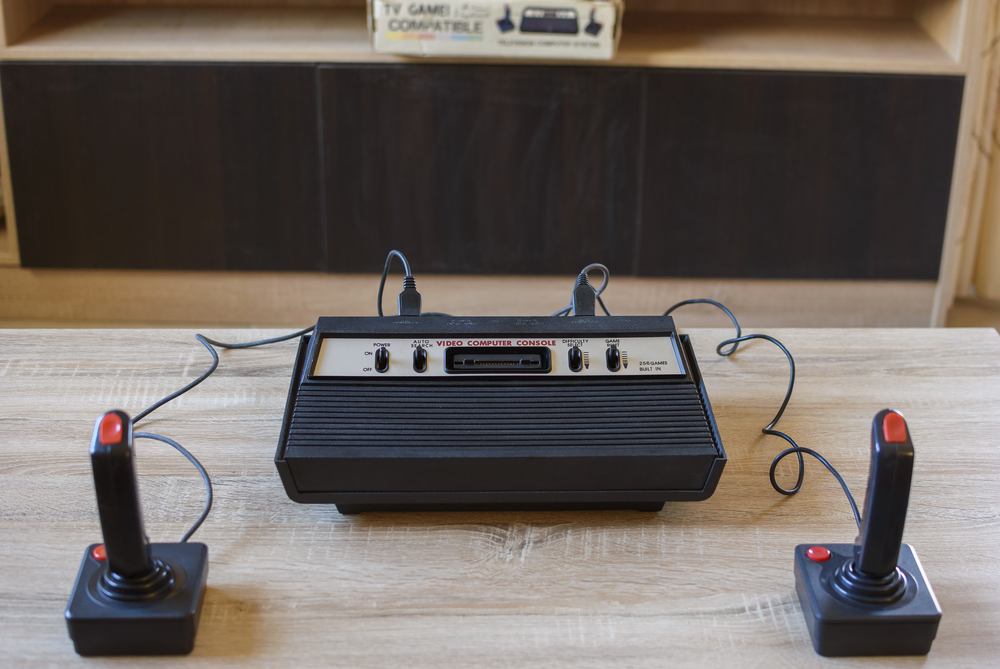
For those who fondly remember blowing into Nintendo cartridges or waiting through the dial-up for an online game session, know that those old gaming consoles might be worth a second look. Retro gaming has seen a renaissance, with original PlayStation, Sega Genesis, and Super Nintendo systems becoming hot commodities. In some cases, a single game or console can fetch thousands of dollars, especially if it’s in working condition and comes with its original packaging.
The market for vintage video games thrives on nostalgia and scarcity, making certain titles and systems akin to gold in the eyes of collectors. It’s not just about the console; games, controllers, and even old gaming magazines can contribute to overall value. Given the rise of digital downloads and cloud gaming, physical copies and hardware have become rare artifacts. If you’ve got an old console collecting dust, consider giving it a second life by selling to a retro enthusiast.
3. Mid-Century Modern Furniture

Once the hallmark of suburban homes, mid-century modern furniture is now a staple in chic interior design, and its value has skyrocketed as a result. Pieces designed by icons like Eames, Knoll, and Saarinen can command thousands at auction. According to Architectural Digest, the demand for these pieces continues to soar, driven by a blend of sleek design and functional aesthetics. The clean lines and minimalist approach are timeless, making them a favorite among both traditionalists and modernists.
Before you sell, ensure the authenticity of your piece, as replicas are common and can diminish value. Original labels, design patents, and craftsmanship are key indicators of genuine articles. If you own pieces in good condition, especially those with documented provenance, you’re sitting on a potential goldmine. Even if your furniture shows signs of wear, expert restoration can sometimes increase its appeal to collectors.
4. Fine China and Porcelain
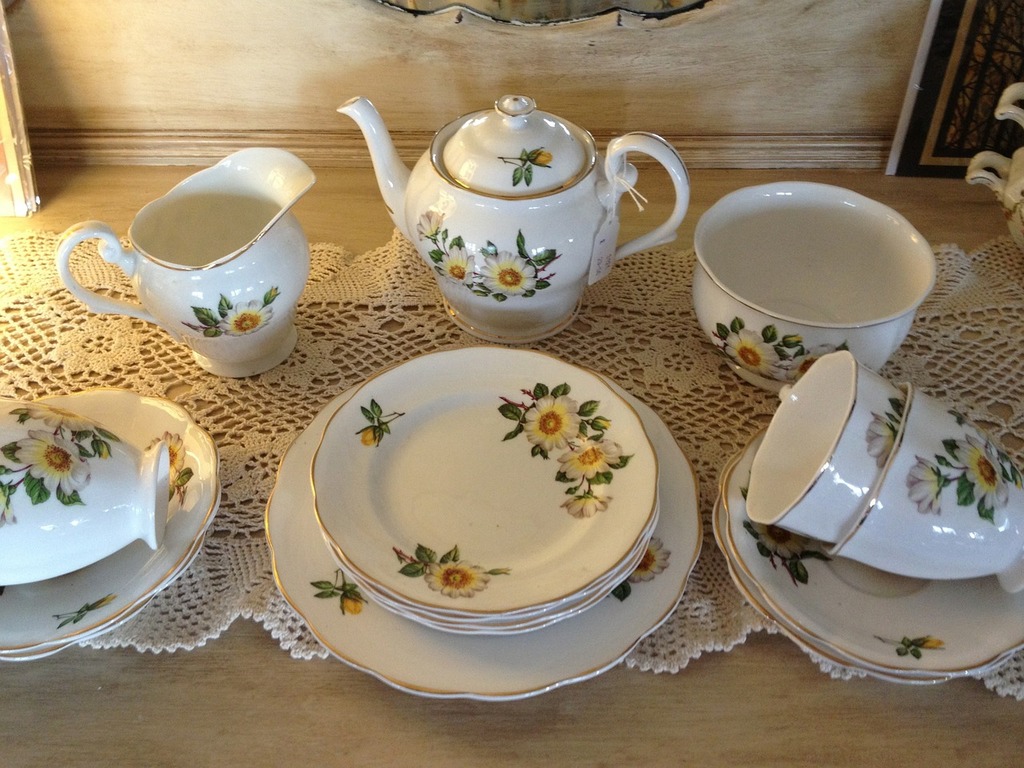
The fine china set you’ve kept tucked away waiting for a special occasion could be more than just a dining room adornment—it might be a financial asset. Brands like Limoges, Wedgwood, and Royal Crown Derby are highly collectible, especially if they feature limited-edition patterns or were produced before the 20th century. The allure lies in the craftsmanship, intricate designs, and the prestige of owning such pieces. Even partial sets or singular items such as teapots and vases can hold considerable value.
However, it’s crucial to authenticate and appraise your china to understand its true market worth. Seek out experts or appraisal services with experience in fine ceramics. Additionally, condition plays a significant role; chips or cracks can drastically reduce price, whereas pristine sets are more desirable. Storing these pieces properly can preserve their value for future sale, ensuring they maintain their potential as a lucrative investment.
5. First Edition Books

There’s something almost magical about holding a first edition book, knowing that it represents an author’s initial vision. Such books are cherished by collectors and bibliophiles, especially if they’re penned by well-known authors. According to a feature in The Guardian, first editions of classics like J.K. Rowling’s “Harry Potter and the Philosopher’s Stone” or F. Scott Fitzgerald’s “The Great Gatsby” can command astonishing prices at auction. Their value stems from rarity, historical significance, and the condition of the book itself.
To determine if your book is a first edition, look for specific markers like a printing number line or original dust jacket. Even if you own a first edition, remember that condition is paramount, with pristine copies fetching the highest prices. Protect your books from sunlight, moisture, and physical damage to preserve their condition. For those considering selling, contacting a reputable book dealer or auction house could provide guidance on market trends and potential buyers.
6. Costume Jewelry
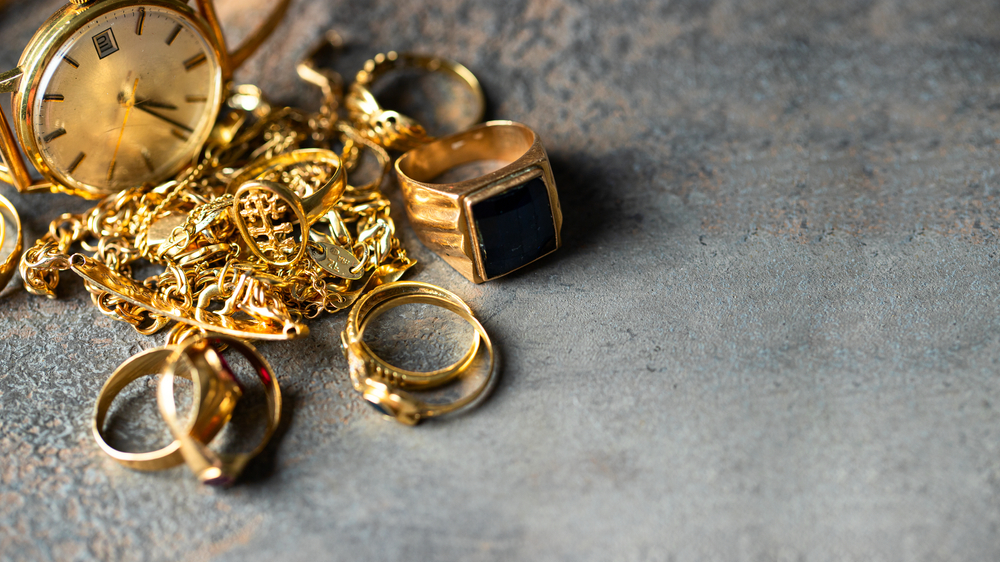
While fine jewelry often steals the spotlight, vintage costume jewelry can be surprisingly valuable. Pieces from well-known designers like Trifari, Miriam Haskell, and Eisenberg are particularly sought after. Fashion trends have seen a resurgence in the appreciation of these bold, intricate designs, often turning them into statement pieces in modern wardrobes. The value lies not just in the materials, but in the design, craftsmanship, and the story behind each piece.
To evaluate your collection, research the designers and specific styles that are in demand. Condition is important, so keep pieces clean and store them properly to prevent tarnishing. Even single earrings or broken pieces can be valuable for parts or repairs. If you’re looking to sell, consider online vintage marketplaces or specialized antique shows where enthusiasts gather.
7. Old Coins and Currency
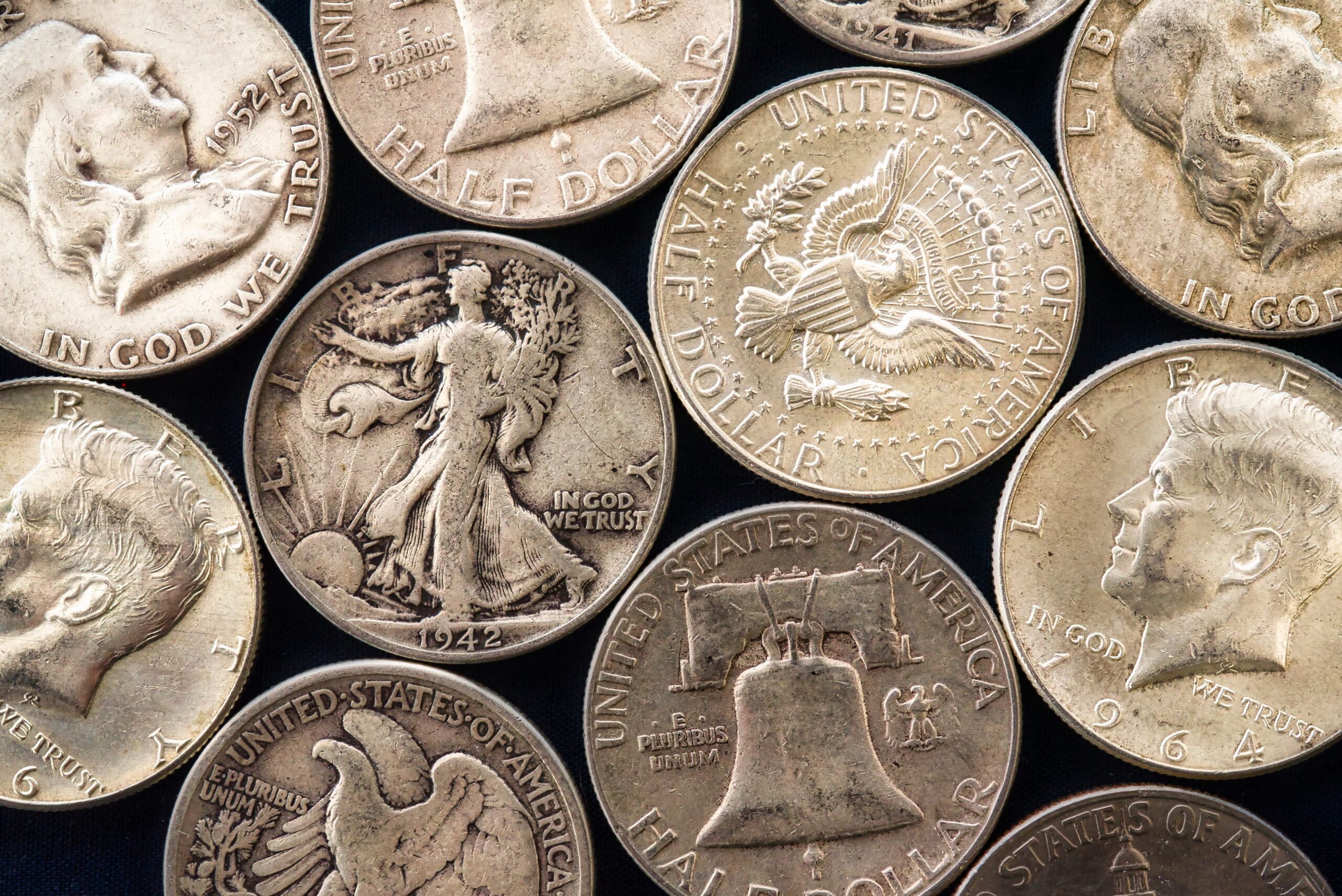
The world of numismatics, or coin collecting, is a fascinating realm where old coins and currency can be worth far more than their face value. Rare coins, misprints, and those with historical significance can fetch impressive sums. According to a study by the American Numismatic Association, the value of a coin often hinges on its rarity, condition, and demand among collectors. Coins from defunct nations or those commemorating significant events can be particularly prized.
If you suspect you have valuable coins, it’s worth having them appraised by a professional. Factors such as mint marks, year of issue, and historical context can all contribute to a coin’s worth. Even if your coins are worn or tarnished, they may still hold significant value, especially to collectors specializing in specific eras. Selling to reputable dealers or through specialized auctions can ensure you receive fair market value.
8. Vinyl Records
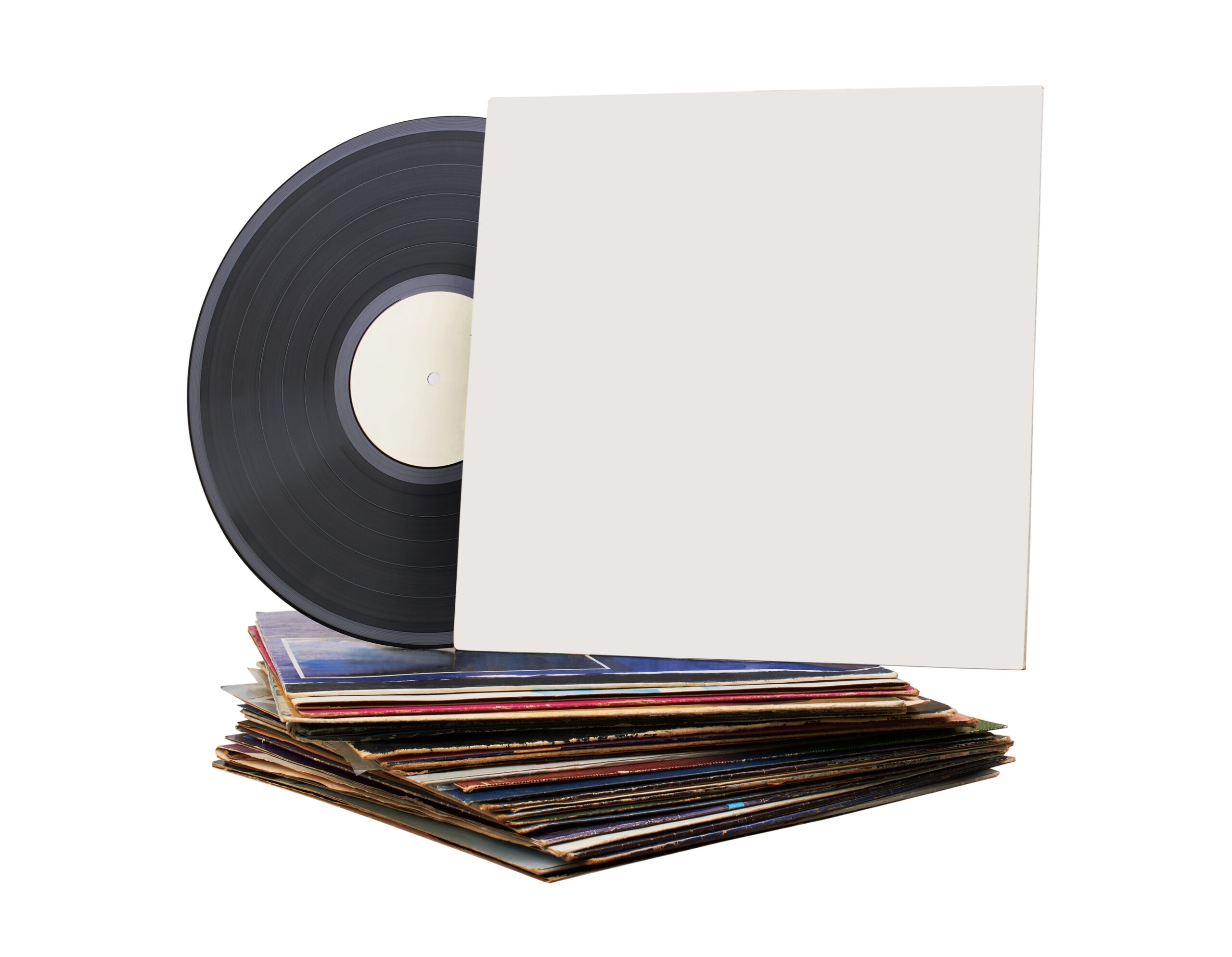
Vinyl records have made a remarkable comeback, appealing to both audiophiles and collectors alike. First pressings, limited editions, and albums by iconic artists are particularly valuable. The market thrives on nostalgia and the tangible experience of music, something digital formats can’t replicate. Records in mint condition, especially those with original sleeves and inserts, can command high prices.
Before you decide to sell, research the going rates for your records, noting the artist, album title, and pressing details. Condition critically impacts value, so ensure your records are free from scratches and warping. Storing them properly, upright and in a cool, dry place, helps maintain condition. Consider selling through record fairs or online platforms dedicated to music collectibles for the best offers.
9. Antique Clocks
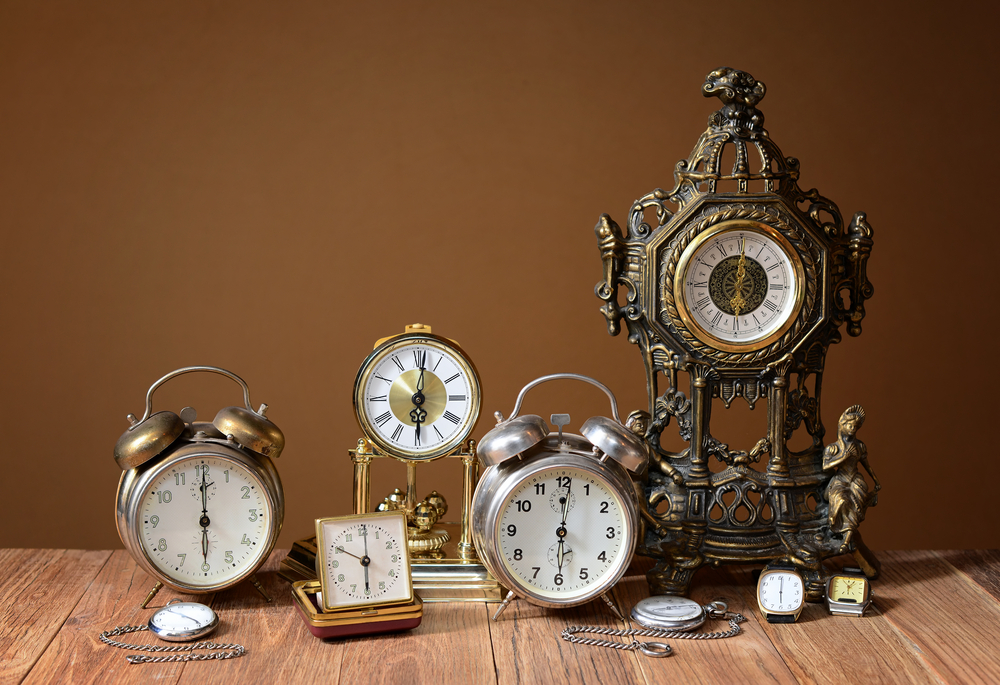
Timepieces, particularly antique clocks, are timeless treasures that can be worth a fortune. Collectors seek out unique designs, intricate mechanisms, and historical significance. Brands like Patek Philippe, Rolex, and Cartier are always in high demand, but lesser-known brands can also fetch substantial sums. The charm of these pieces lies in their craftsmanship and the stories they tell about the past.
To determine your clock’s worth, examine the maker’s mark, materials, and functionality. Restoration can enhance a clock’s value, especially if done by a skilled professional familiar with historical timepieces. Even if a clock isn’t currently working, it may still be valuable for its parts or historical significance. Selling through auctions or antique dealers can connect you with the right buyers who appreciate the intricate beauty of these timepieces.
10. Vintage Toys
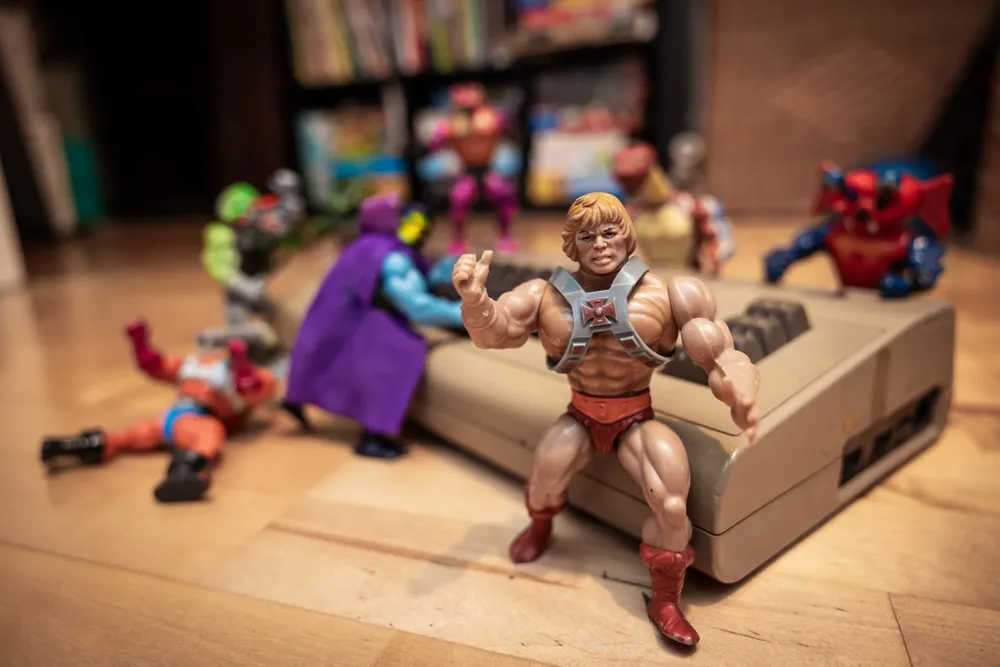
Toys from the past, often stashed in attics or basements, can be surprisingly lucrative. From Star Wars figures to Barbie dolls and classic board games, nostalgia fuels the demand for these items. Collectors prize toys that remain in their original packaging or are in mint condition. The market is driven by a desire to relive childhood memories and the rarity of finding well-preserved pieces.
If you have vintage toys, research their current market value using online auction sites or collectors’ forums. Even if toys are worn or incomplete, they may still have value for parts or nostalgia. Proper storage is key to maintaining condition, especially for fragile or intricately designed items. When selling, consider specialized toy shows or online platforms catering to collectors for competitive offers.
11. Old Advertising Signs
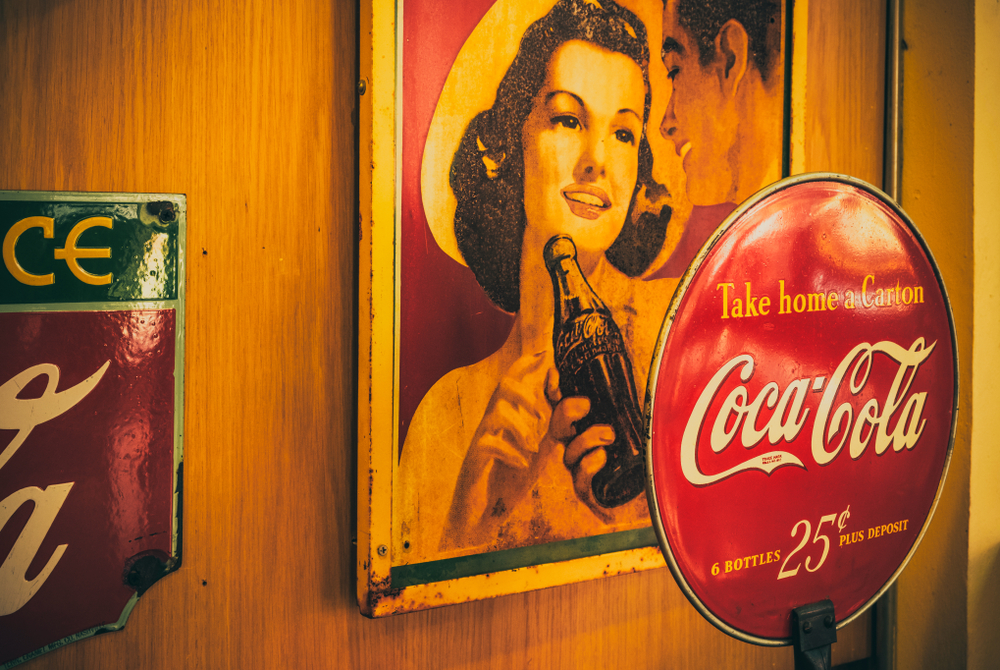
Vintage advertising signs are not only nostalgic but also highly collectible. Brands like Coca-Cola, Pepsi, and tobacco companies produced signs that have become iconic pieces of Americana. The allure lies in their bold graphics, historical context, and the nostalgia they evoke. Pristine signs can command high prices, especially if they feature rare designs or were produced in limited quantities.
Before selling, evaluate the condition, material, and rarity of your sign. Signs made from porcelain or enamel are particularly valuable due to their durability and vibrant colors. Even rusty or damaged signs can have worth, depending on their rarity and historical significance. Auctions or antique shops specializing in memorabilia can provide a platform to reach interested collectors.
12. Art Prints and Posters
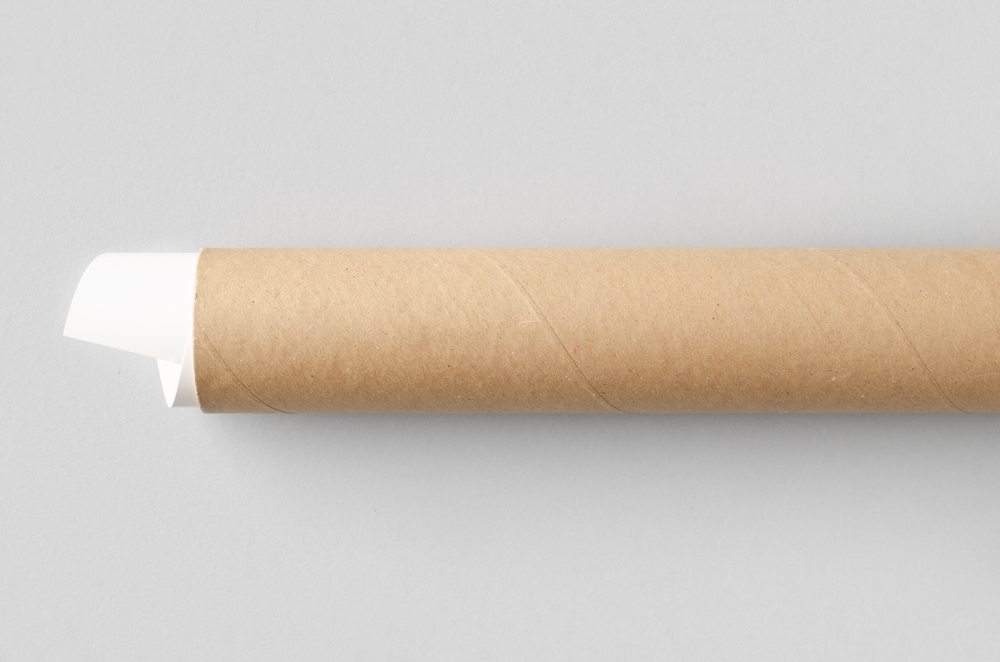
Art prints and posters, especially those associated with notable artists or historical events, are attracting keen interest from collectors. Limited editions, artist proofs, and those signed by the artist can be incredibly valuable. The market for these items is buoyed by the desire to own a piece of art history and the aesthetic appeal they add to contemporary spaces. Items from art movements such as Art Nouveau or pop art are particularly sought after.
To maximize value, ensure your prints are authenticated and properly framed or stored. Research the artist and edition to gauge demand and potential pricing. Even unsigned or less-known works can hold value if they reflect significant cultural moments. Selling through galleries or online platforms dedicated to art collectors can help you connect with the right audience.
13. Vintage Electronics
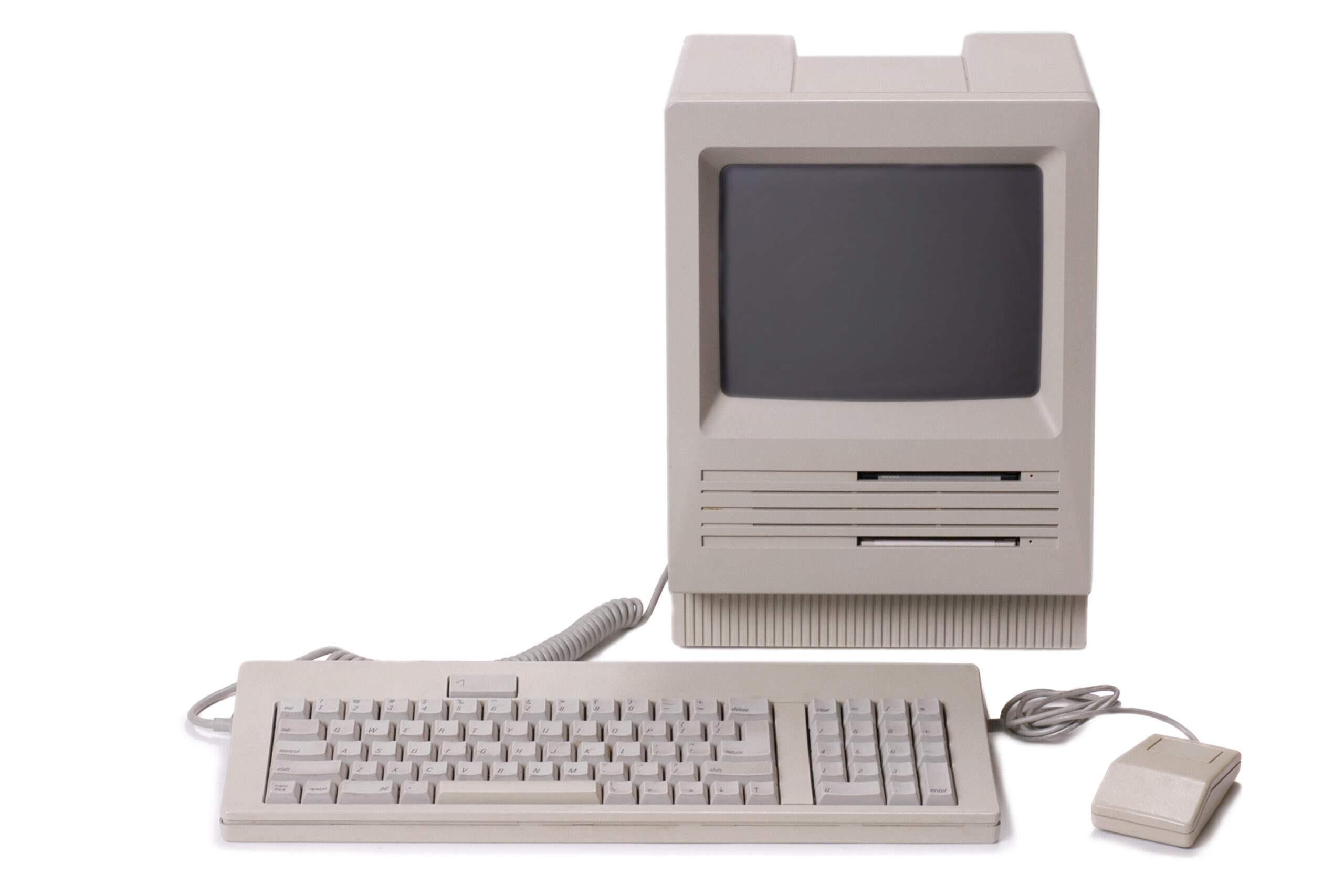
Old electronics, once considered obsolete, have found a second life as collectible items. From early Apple computers to the first-generation iPods, tech history is as valuable as it is nostalgic. Collectors and enthusiasts prize these items for their innovation and the role they played in shaping today’s technology landscape. Functionality can significantly enhance value, but even non-working models can be worth a tidy sum for parts or restoration.
If you possess vintage electronics, research their historical significance and current demand. Original packaging, manuals, and accessories can add to their value. Selling through specialized tech auctions or dedicated forums can connect you with collectors eager for a slice of tech history. As technology continues to evolve, the allure of early innovations is likely to increase, making now an opportune time to evaluate your collection.
This article is for informational purposes only and should not be construed as financial advice. Consult a financial professional before making investment or other financial decisions. The author and publisher make no warranties of any kind.



